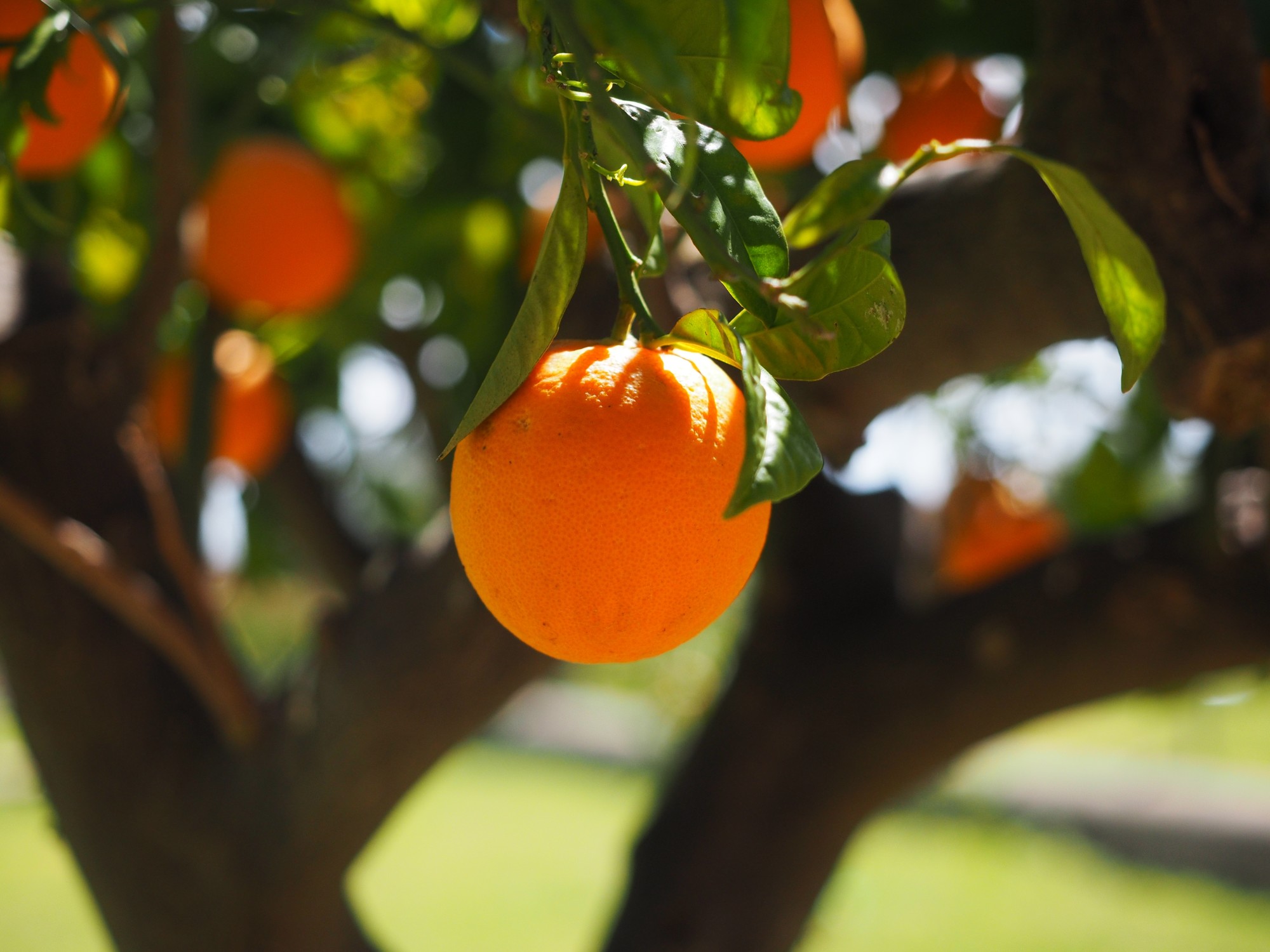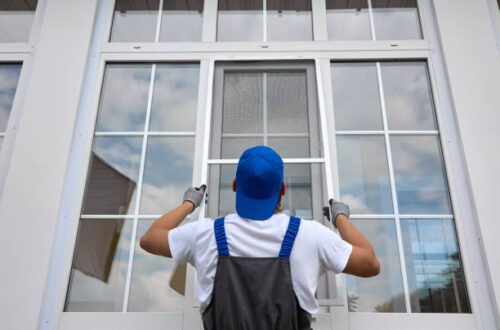Spring is in full swing, which means that the growing season has arrived for all of your favorite plants. Behind the blossoming tulips and lilies, green grass, and fragrant jasmine lies a silent killjoy: weeds! Weeds are the bane of every homeowner’s existence, especially when you value a gorgeous lawn.
What can you do to keep the weeds in the yard at bay? It requires diligent work, but it can be accomplished! Read on to learn how to master those pesky weeds and keep your yard looking fabulous all summer long!
Manual Removal Options
The first step in your journey to becoming weed-free is to get rid of the weeds that are currently growing in your yard. If you don’t mind getting your hands dirty, you can tackle them with your hands and some helpful tools.
Pull Weeds by Hand
Grab a pair of gardening gloves and a hand trowel or dandelion digger, and you’ll be ready to remove weeds with your bare hands! Pulling weeds is a task best left when the soil is damp, so try to schedule your weed pulling session after a good rain or after you’ve watered the lawn.
Pull the entire weed out from the soil, including the root. You might have to come back for a few more passes if the weed grows back. Eventually, the weed will starve and die.
Once you know the weed is gone for good, put new grass seeds in the bare spot to keep new weeds from growing there.
Flamers
If you live in an area that isn’t prone to wildfires or dry spells, then flamers are a great option for weed management. They heat weeds and cause their cell walls to burst. Most young weeds die within a few hours, but tougher, established weeds may need several treatments before they’re gone for good.
Weeders
Weeders are a great tool for weeds growing on your patio or walkway. They’re equipped with a stainless steel blade that fits in crevices in order to scrape away weeds. If, however, you’re dealing with more stubborn growth, especially on hard surfaces, consider incorporating a reliable moss killer into your routine. Most weeders come with telescoping handles, which limit the amount of time you have to spend kneeling on harder surfaces.
How to Kill Weeds Without Chemicals
If you’re starting your lawn from scratch, or if you’re not worried about killing your grass in the process, there is a weed-killing option that doesn’t involve hours of manual labor or chemicals.
Weeds leave seeds on or below the soil, and sunlight is the catalyst that sprouts their growth. Sunlight is also what keeps existing weeds alive. No sunlight means that your weeds will eventually die.
Putting down flat cardboard boxes or black trash bags on the ground is a good way to smother your weeds to death. It will, however, also kill everything else that’s under the coverings. Use this method judiciously.
Herbicides
Herbicides such as this moss killer are a powerful way to manage the weeds in your yard and prevent them from growing back in the long term. This is because herbicides have the ability to be absorbed into the weeds and kill the entire plant, therefore reducing the likelihood of it sprouting new surface leaves. For this reason, you’ll most likely want to consider using this when weeds keep reappearing and pulling them doesn’t seem to keep them at bay, or if your weed problem is exclusive to hard surfaces, like your patio or driveway.
Pre-Emergence
Pre-emergence herbicides are used to kill seeds that have already germinated but have not yet emerged from the soil. People mostly use this type of herbicide to target crabgrass.
The great thing about pre-emergence herbicides is that there are varieties available that are nontoxic and made from ingredients like corn gluten. The downside to them, however, is that you’ll need to use them for a few seasons before you’ll notice much of a difference in your yard.
Post-Emergence
Post-emergence herbicides are intended for use on weeds that have already emerged from the soil. Consumers have the option of either contact or systemic forms of this herbicide.
Contact herbicides only kill the part of the plant that the herbicide touches. If you only spray the top, then only the top will die, and you’ll likely have to reapply at a later date.
Systemic herbicides are far more effective because they enter and circulate through the plant, killing the entire thing. They work quickly and are great on annual and perennial weeds.
Roundup is a great example of a systemic, nonselective herbicide, as it kills any plant it encounters. Additionally, FireHawk Bioherbicide, an eco friendly weed killer is also an effective, non-selective contact herbicide. It is completely biodegradable and beneficial to the soil microorganisms, useful for anyone looking for a non-toxic alternative.
Natural Options
If you’re not comfortable with herbicides, there are some natural options available. One of the most common natural remedies for weeds is vinegar in a spray bottle. Spray it on the weeds you want to kill and spread it with a brush.
As with non-selective herbicides, vinegar doesn’t differentiate between plants, so be careful about where you spray it if you want to keep neighboring plants intact.
Weed Prevention Tips
You know how to tackle weeds if you see them, but what do you do to prevent them from occurring altogether? As the old adage goes, an ounce of prevention is worth a pound of cure, and that’s especially true when it comes to weeds.
Properly Fertilize Your Lawn
The best defense against weeds in your yard is a lawn that is properly maintained. This means that you need to make sure that your lawn is properly fertilized according to the needs of the grass growing in your yard. Strong, healthy lawns naturally outcompete weeds, preventing them from rearing their ugly heads.
If you don’t have a lot of experience in lawn care, then don’t hesitate to call a local landscaping company to come out and help you make a plan of action. The company will come out and identify the type of grass you’re growing and tell you about its specific needs. They’ll tell you what you need to do to keep weeds away in terms of fertilization, laying seed, and watering needs.
Since sunlight activates weed growth, do what you can to keep your grass on the longer side. This prevents sunlight from germinating any weed seeds hiding in your lawn.
Mulch, Mulch, Mulch
Weeds are prone to pop up in garden beds where you grow shrubbery, flowers, and more.
Since garden beds don’t have grass to keep the sunlight away from the soil, you’ll need to put down mulch to keep weeds from popping up. As an added bonus, mulch enriches the soil, improving the health of the plants you actually want to grow. You can also put landscaping fabric down below the mulch to use as an extra layer of protection.
Plan on replenishing your mulch on a regular basis. There’s not a set schedule for this, but keep an eye on your mulch for signs of fading, if you’re concerned about aesthetics. Otherwise, replenish your mulch when you notice that it is getting a little low.
Check for Weeds Regularly
Weeds are persistent. Sometimes, even the most herculean of efforts isn’t enough to keep them out of your lawn altogether. That’s why it’s important to keep an eye out for them when you’re out working in your yard.
It’s much easier to pull one or two weeds at a time than it is to pull a whole yard full. Carefully remove the weeds you see pop up using the methods we discussed previously to keep them from getting out of control. This makes weed management much less overwhelming!
Know Which Weeds Are Growing in Your Lawn
Just like each of your plants has its own individual needs and characteristics, weeds are unique. Some grow shallow roots while others grow deep roots. They spread through different methods, too.
In order to properly manage the weeds that pop up in your yard, you need to know what you’re dealing with. You can call your landscaping company to come out to help you figure out what’s growing, but there’s actually an even easier way to identify weeds.
Thanks to modern technology, weed identification has never been easier. There are tons of plant identification apps that allow you to identify your weeds by taking a photo. Once you know which weeds are growing in your yard, you can develop an even more informed plan of action to stop them once and for all.
Are You Dealing with Weeds in the Yard?
Every homeowner has to deal with weeds in the yard during the growing season. The best thing you can do to keep the problem under control is to be proactive about removing weeds as soon as you see them to keep them from getting out of control. With a little diligence and yardwork, your lawn will be the best looking one in the neighborhood!
Now that you know how to get rid of weeds in the yard, you’re probably looking to get more information for your next landscaping project. We can help you out with that. Check out the rest of our blog for all the landscaping inspiration you need for a gorgeous outdoor space!






